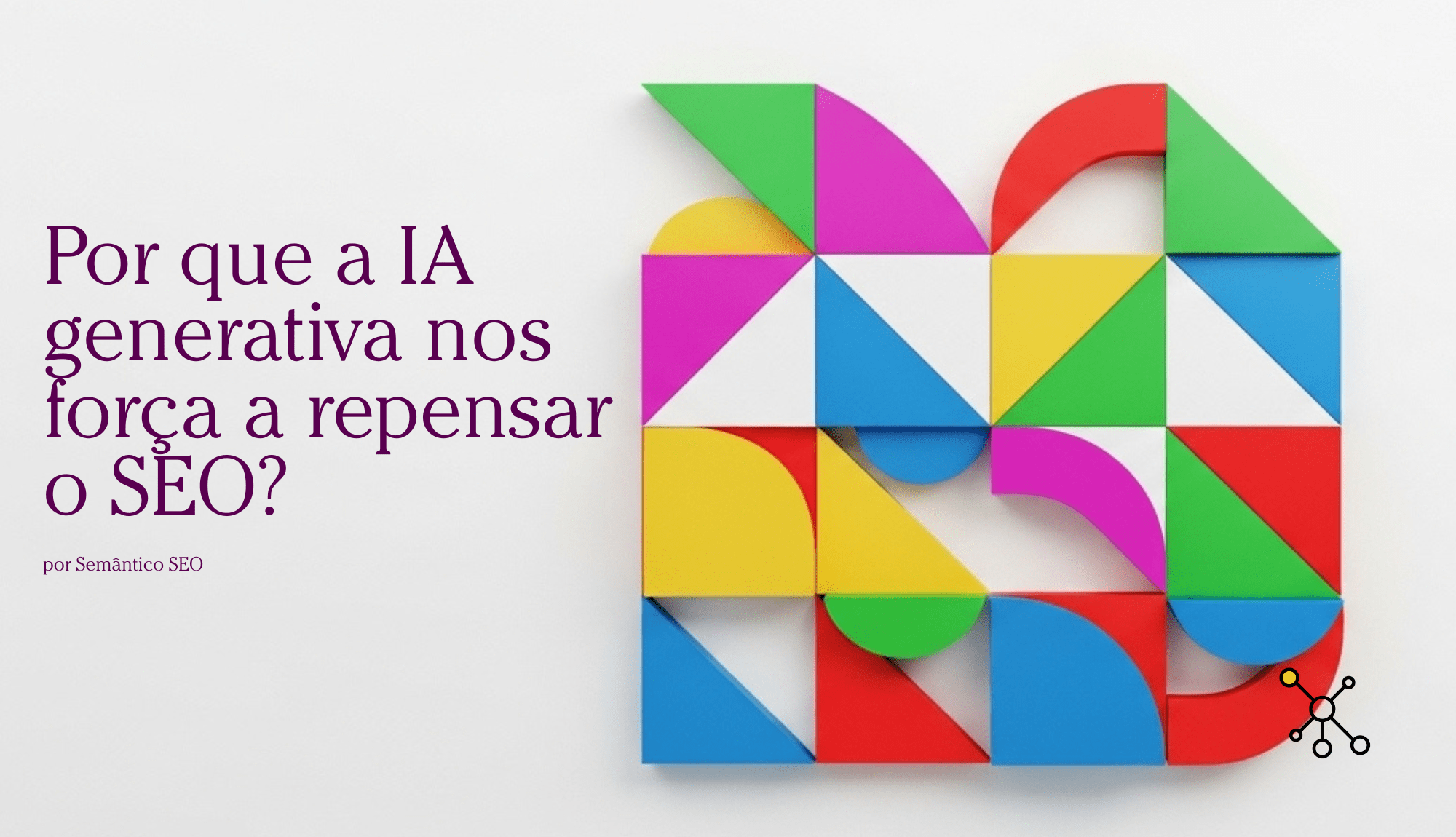Semantic network
A semantic network is a form of knowledge representation defined as a directed graph in which the vertices represent concepts, and the edges represent semantic relationships between the concepts. They are considered a common form of a machine-readable dictionary.
Such networks involve the use of associations and can be useful for human reading.
The concept was created for use in computers by Richard H.
Semantic Networks as a language for knowledge representation

Technically, computationally tractable representations can be equivalent, but some representations are more convenient.
Semantic Networks are an attempt to formalize how our knowledge is organized in memory.
Semantic networks are composed of labeled nodes and links. Each node represents an object or property of an object. Each link represents the relationship between two nodes.
History of Semantic Networks
Originally, the idea of semantic networks was proposed in 1913 by Selz as an explanation for psychological phenomena.
In 1966, Quillian implemented those ideas and showed how meaning could be represented as a relationship between two objects.
More complex representations, such as frames, highlight this idea.
Semantic networks make explicit the relationship between objects and properties.
For example, consider some things we know about animals:
- Animals eat
- Mammals and birds are animals.
- Mammals have fur.
- Dogs are mammals.
Search in Semantic Networks
Semantic Network Search can be used in various ways to extract information.
For example, the search can be used:
- as an explanatory tool
- to explore a topic exhaustively
- to find the relationship between two objects
Source: Knowledge Representation – Solange O. Rezende and Thiago AS Pardo at http://wiki.icmc.usp.br/images/c/c3/Aula10-230t.pdf. Accessed May 28, 2021



Post comment